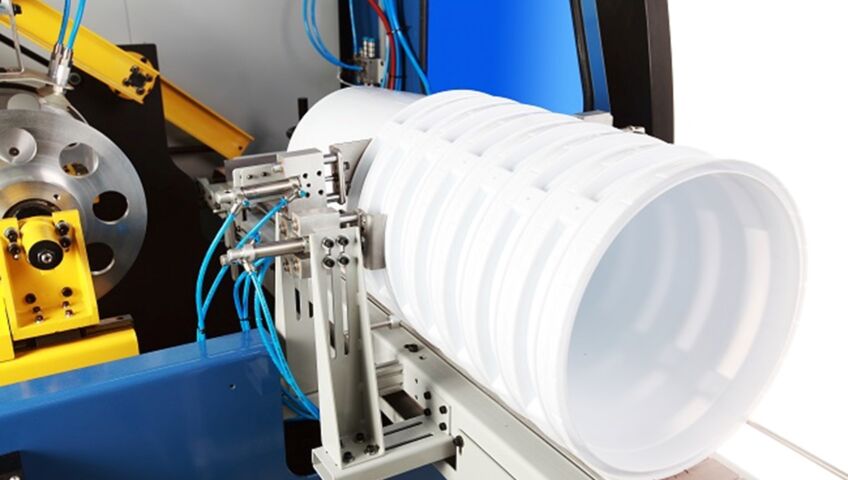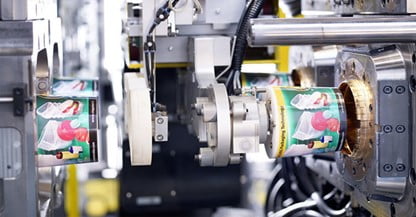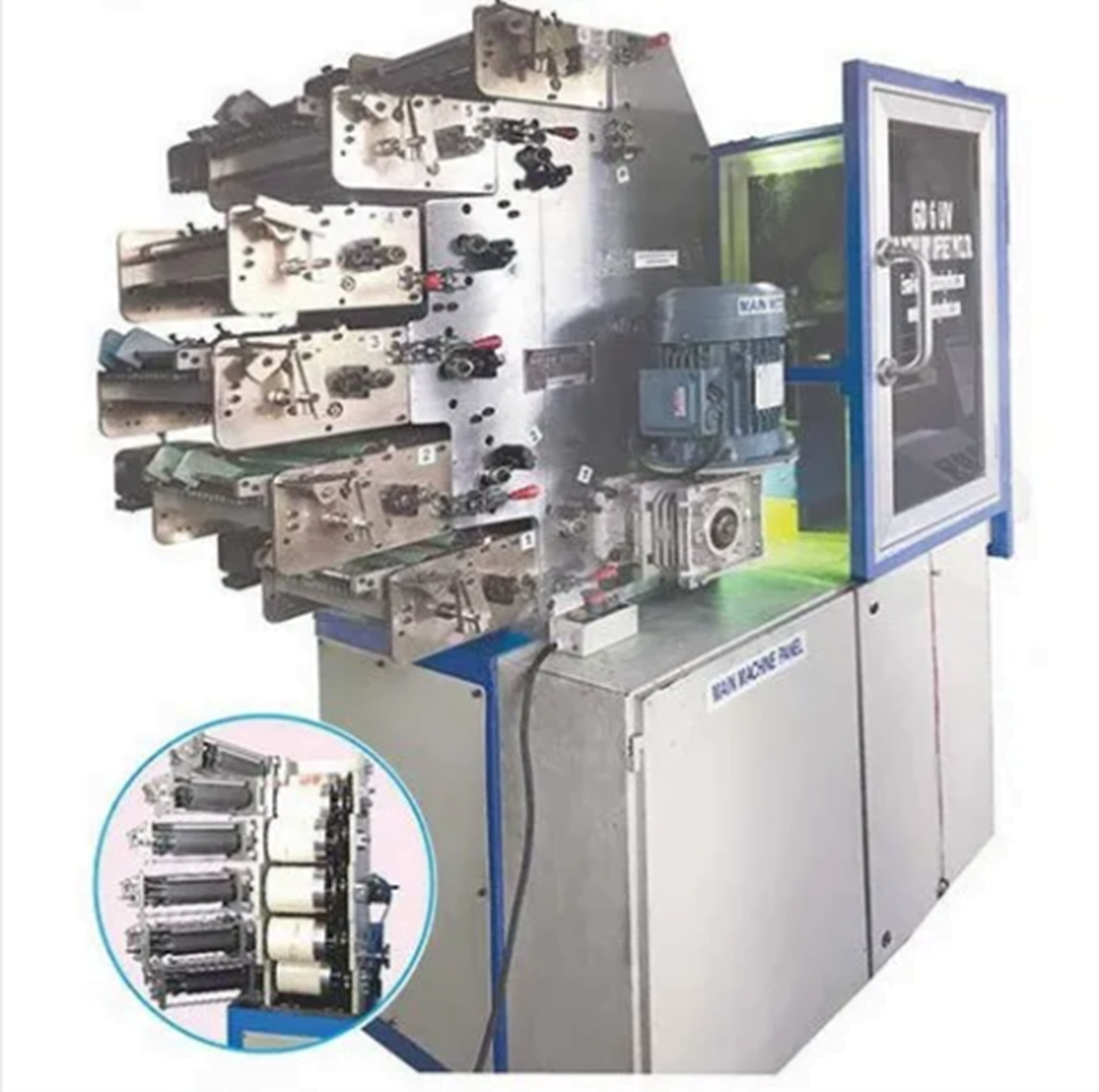Screen Printing
Screen printing is the most traditional printing process, although it is less common nowadays. It is primarily used for simple text printing, typically not exceeding two colors. While there are advanced screen printing machines capable of handling up to six colors, they generally exhibit lower overall resolution and clarity. The notable characteristic of screen printing is its cost-effectiveness.
Heat Transfer Printing

Heat transfer printing is currently the most frequently used printing method in our factory. Its distinctive feature is high-quality pattern reproduction, capable of meeting the design requirements of any customer. The process involves specialized printing firms creating films based on customer designs, which are then brought back to our factory for heat transfer using dedicated machines. The initial step involves designing and creating plates, with each plate corresponding to a color. A typical image effect will involve approximately six colors. The cost for setting up one plate is around $80. The standard minimum order quantity (MOQ) for printing factories is around 800 square meters, equivalent to approximately 2000 film sheets for 20L buckets. For quantities less than this, a startup fee of $100 is applicable.
IML (In-Mold Labeling)
IML, or in-mold labeling, is a printing process similar to heat transfer. It shares similar image resolution characteristics but differs in that IML labels are directly applied to the outside of the bucket during the injection molding process, creating an integral part of the bucket. While heat transfer only transfers ink, IML combines the entire film with the bucket, allowing for various visual effects such as matte or glossy finishes. IML can fully cover the entire bucket without leaving any white spaces, a feature not achievable with other printing methods like heat transfer. IML is considered the most aesthetically pleasing and high-end printing technology, prevalent in Europe. Its integration with the molding process ensures high hygiene and efficiency. However, IML is relatively expensive, and its widespread adoption is hindered by its higher cost compared to other methods, approximately 30%-50% more expensive than heat transfer.
Offset Printing
Offset printing is more common in the United States but less popular in other regions. It is essentially an upgrade from screen printing, providing slightly better image quality. However, the resolution is still coarse. The printing speed is high, with top-notch machines capable of printing over a thousand pieces per hour. One challenge is that, before entering normal operation, offset printing can generate hundreds of waste sheets during setup, making it suitable only for large-volume products.
Other Printing Methods
Labeling: Labeling is a common method primarily used for text and symbolic identification. It is not considered a traditional form of printing.




Write a Comment